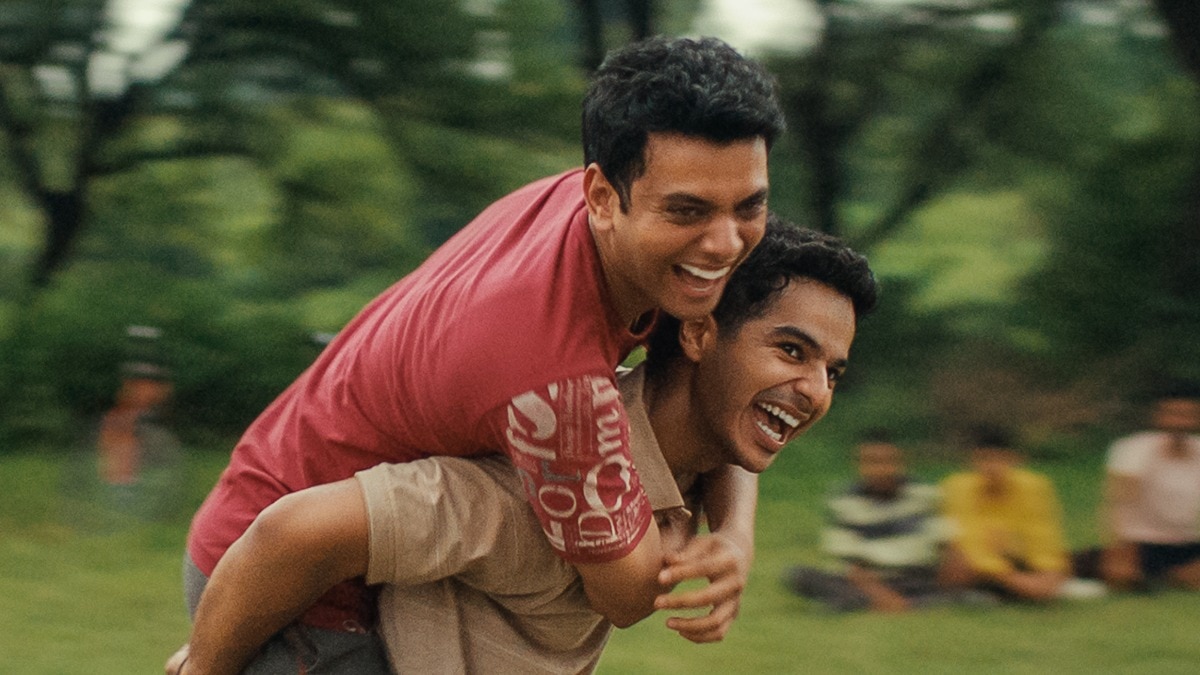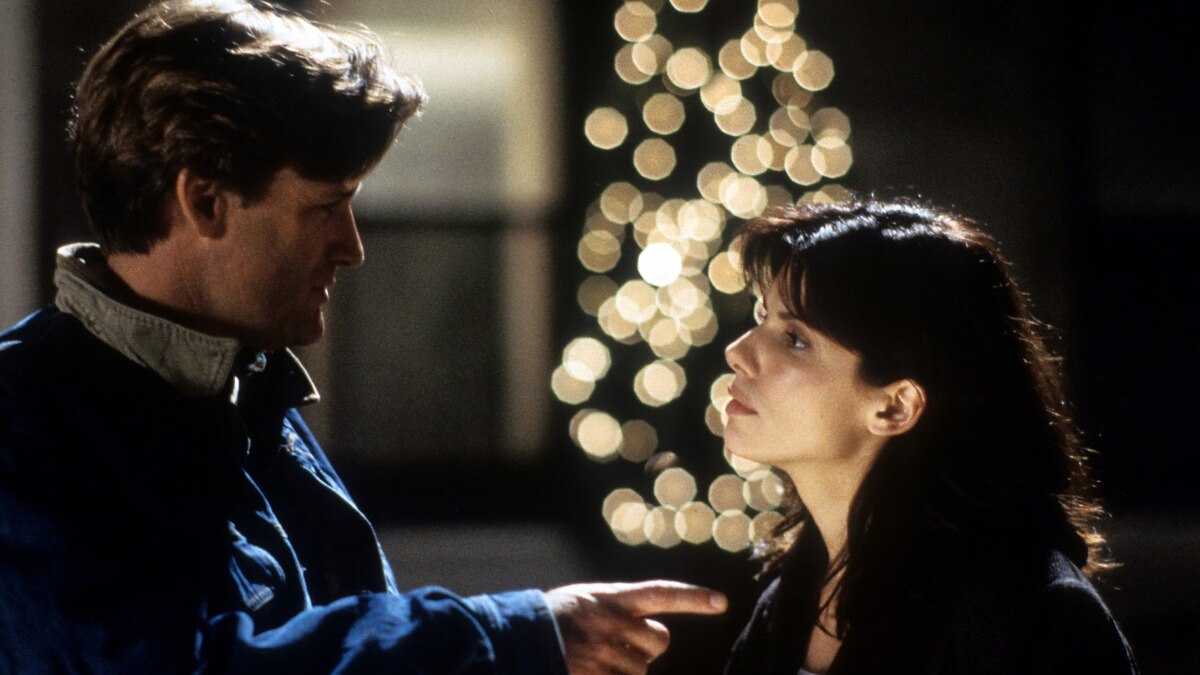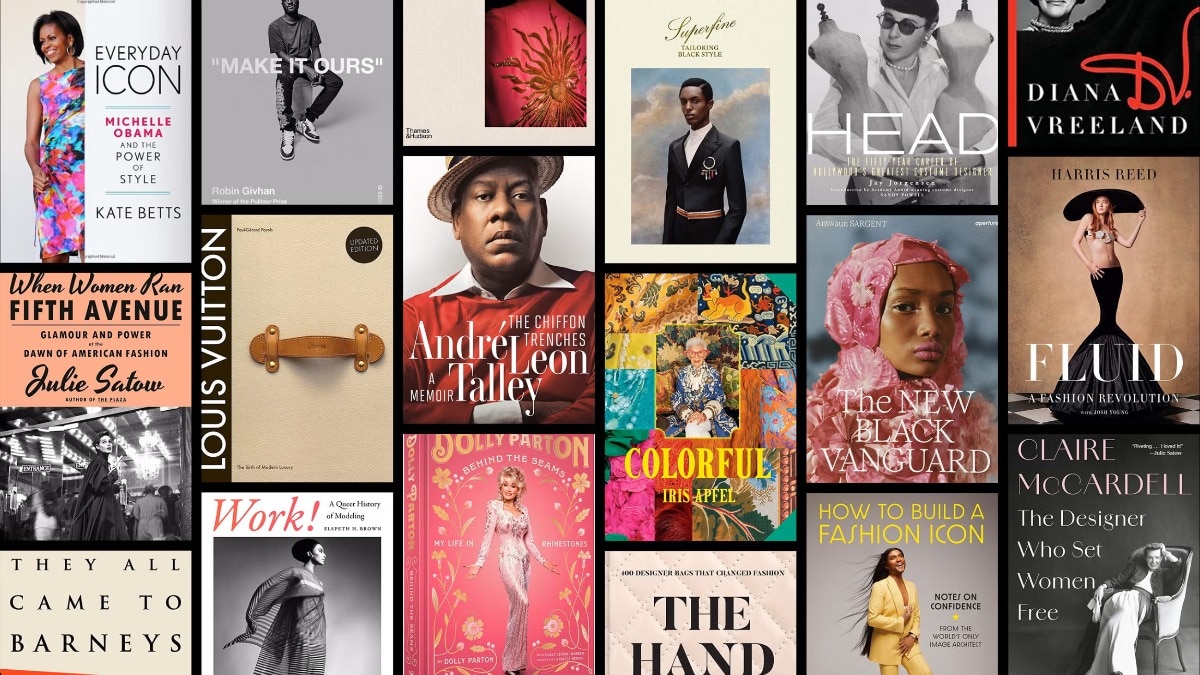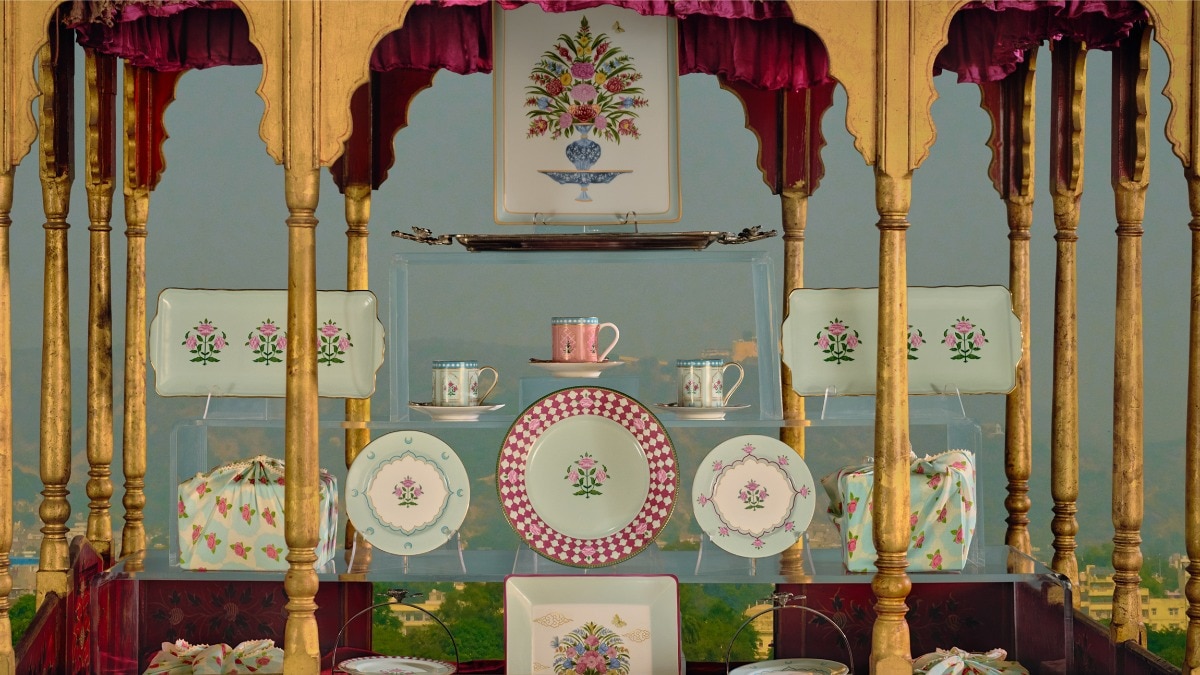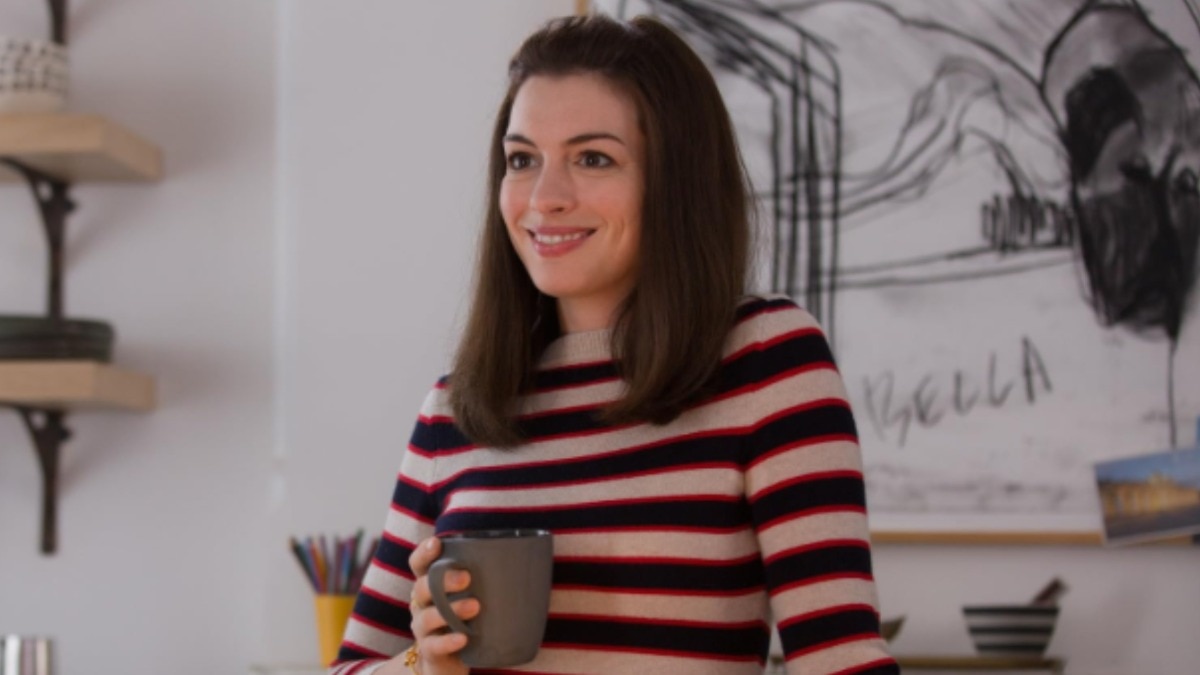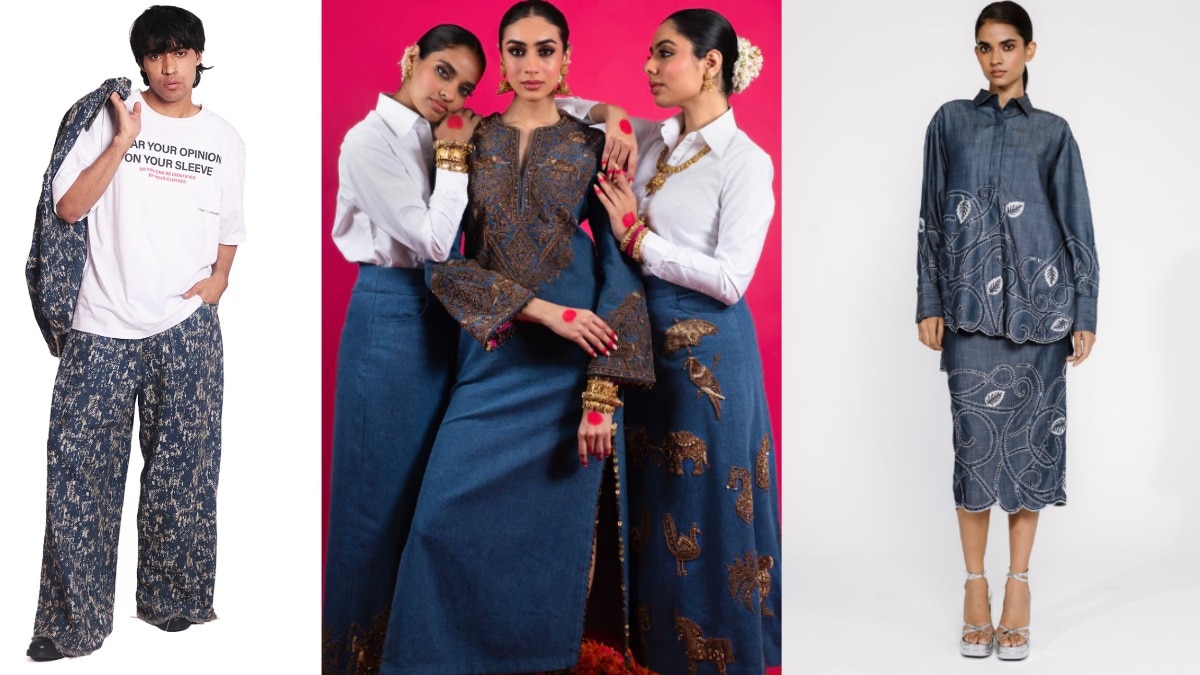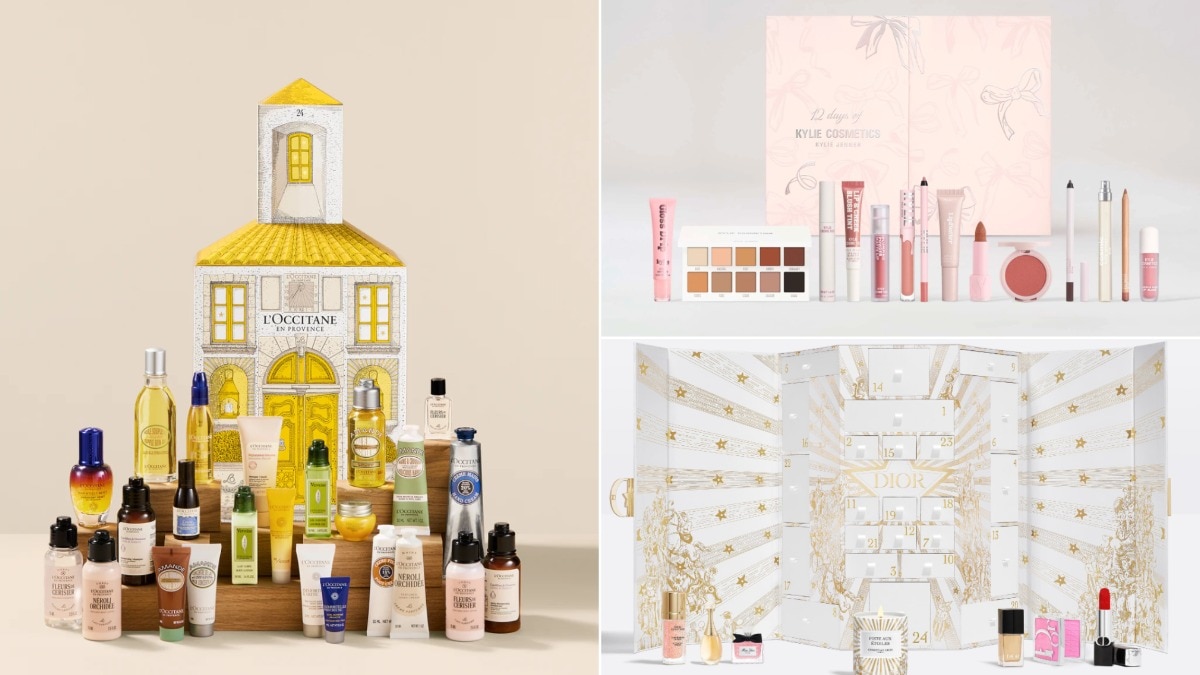3 inspirational women on overcoming insecurities and learning to love themselves
In the second part of this series, Bazaar India contributors talk about finding power in one's skin and playing lead in their own lives.


Leading from the front, take note of what these incredible women have to say about taking up space and celebrating yourself every step along the way.
On reclaiming her body with tattoos
Karuna Ezara Parikh, Author, Poetess, and co-founder of The Burlap People

“My first two tattoos were a scorpion on my ankle, when I was 18, in a rock ‘n’ roll style, and a butterfly on my wrist. I got the scorpion because that’s my Zodiac sign and that was the one thing that would never change about me. Back then, I knew very little about the different styles of tattooing—I simply walked into a studio, chose a design from a book, and made sure the needle was fresh.
That was around 20 years ago, and the response to my tattoos was strong. People would stop and stare, or walk up and ask questions. There was awe; there was also disgust. People told me very freely what they thought about my ink, which I found interesting. Though the responses are different now, tempered to some degree, they still exist. If I am sitting with a male friend, who is equally or more tattooed, the response to my tattoos is still greater. Women’s bodies have always been considered public property, and the ink seems to reaffirm that. I view my body as my personal notebook, a diary of experiences; they seem to see it as a wall of graffiti.
With each tattoo, I became more comfortable in my skin; it becomes more mine. When I see photographs of my body without them, from before, I find it unrecognisable. I grew up on a diet of hard rock and, perhaps, that influenced what I thought was attractive. But beyond that, I reclaimed my body by turning it into something recognisably mine.
Each tattoo is so personal to me. Some of my favourites include a text from a Robert Montgomery artpiece on my right bicep, and the words ‘honour this’ on my rib cage. There are small segments that I’ll suddenly appreciate, years after getting them... So much of my body art has merged together to create one, beautiful canvas.
At this point in my life, I am at peace with my body beneath its ink. There are small corners of some designs I want changed or fixed but I view them as an ongoing work of art, not as separate, perfect pieces. The art changes as your body stretches and grows too...it is a beautiful process. I was always told I would regret my tattoos. I’d be asked, ‘But what about in 20 years? Will you still want a butterfly on your ankle?’ Two decades later, I am so grateful to wear my journey so gently upon myself.
My tattoos are just for me. So I am never sure what others read when they see me. Some people have told me it is terrifying, that I come across as scary or unapproachable. Others have said that it made me look brave. Some have told me that I must be terribly emotionally-damaged to have ‘done this’ to myself. People read the story they want to tell themselves. As for me, when I first started, I was just a teenager who wanted to feel beautiful, and my tattoo allowed me to do that. It helped me feel special and comfortable, and, on some days, even let me believe I looked cool. I think there’s an idea that one gets this much ink to stand out, but ironically, it’s often to hide behind it or to fit in. And, of course, to find yourself.
Older women are the most likely to tell me I have ruined my body or that it looks ugly. Younger women often come up and say they love them, and young boys too...it’s very endearing. While travelling abroad, I have often been met with surprise at being an Indian woman with tattoos. That’s funny to me because Indian body art is ancient, if mostly tribal. But then, even tattoos have experienced colonisation; they were always a part of our culture. My father is from Gujarat, where the Rabari women have always had tattooed hands, necks, and even faces. Indian women have worn ink upon their bodies as adornment, eons before any rockstar, sportsperson, sailor, or convict did in the West. Yet today, there is amazement that I, an ‘Indian woman’, would be tattooed. If anything, I am decolonising and reclaiming both my body as well as the artform.”
On Society's Obsession with body shapes
Mrunal Thakur, Actor

“I have been dealing with negative comments about my body ever since I was 10-years-old. Growing up, I remember my aunts and uncles used the term ‘healthy’ to define my body, and it made me feel very uncomfortable. During my teenage years, I became even more conscious of my ‘shape’—I’d wear oversized T-shirts to cover my hips. It came to a point where I stopped eating because I wanted to look a certain way.
As I grew older and my dream of becoming an actor started taking shape, my inhibitions around my body also grew bigger.
And people weren’t kind! When I think about it today, I blame society for not allowing me to feel confident in my own skin. Because we have been conditioned to believe that a certain (body) shape is more appealing than the rest. But my question is, who gets to decide what’s perfect and what isn’t? Who came up with body shapes? And why have we taken their word as gospel?
As actors, we are all expected to fit a prototype—we are all judged basis the same set of rules. And it is certainly tougher for women, because ‘thin’ or ‘skinny’ are the only acceptable forms for us. While I agree that most cultures around the world are obsessed with their version of the ‘perfect body’, it is largely because the audience adapts to what they see on screen, in the media, and magazines. And that’s the reason, we, as people with influence, owe it to society to paint the right picture. To promote inclusivity. To speak about why one size doesn’t fit all. To let people know that every body is beautiful, no matter what its shape.
Ever since I’ve entered the film industry, I have been dealing with body shaming...my body has been compared to a ‘matka’. And while I have learned how to deal with trolls over the years, I felt it was extremely important to share my thoughts about it on Instagram. Because there are a lot of young, impressionable girls out there who might have a similar shape, and they might end up hating themselves for it because some faceless troll decides to comment on it. By talking about it, by sharing my views, I want to normalise pear-shaped body, or rather all body shapes and sizes. I felt it was important for me to share my journey with my followers—it was cathartic in a way.
I am curvy, and I own it with pride. I know that people go under the knife to get a curvier derrière...so if I’m naturally blessed with it, why should I not flaunt it? Having said that, I am not opposed to the idea of anyone resorting to a professional procedure to enhance their looks. People have the right to make their own choices. I have found my happiness in working out. And I don’t do it because I want to lose weight or get to a certain size...my priority today is my physical and mental well-being.
Society has been obsessed with body shapes for decades now...but it’s about time we let go of these shackles and wholly embrace our bodies. And we need to educate people by talking about it—and social media is a great tool for that. The only reason the body positivity movement is gaining momentum across the globe is because people are not afraid to put their real selves out there. Another way we can build a happier relationship with our bodies is by not comparing ourselves with others. Once we stop comparing, we will get the courage to own our bodies. Like I said before, every body is different, every body has its unique features, and we should appreciate it for its individuality.”
On the female gaze in Indian cinema
Ashwiny Iyer Tiwari, Filmmaker, Writer, Producter, and Author

“The Indian cinema has been pandering to the male gaze for decades. But that’s because, in every industry barring a few, women were never the front runners. That’s the reason a seismic shift was in order. When the system changes, everything changes.
In the past decade, the fabric of society has also undergone a transformation, with prominent female voices coming to the fore. And this change has re-emphasised the importance of cinematic narrative through the eyes of a woman, because it’s important to tell stories from our point of view.
While every director has a unique way of looking at characters, women are simply more mindful of the overall perspective...of how a woman is portrayed in her story, and even a man for that matter.
We have achieved quite a lot in the last few years, where directors, both male and female, have told stories from the point of view of a woman. Till a society’s thought process changes, we, as storytellers, can only work consistently on creating characters that have a strong female presence on screen. The joy to create and uplift humanity through stories is what keeps me going.
However, the chatter and the ‘opinionated’ baggage that comes with making a film can sometimes wear you down. Questions like, ‘The lead is a woman, how can this film work?’.
Although I don’t let these insignificant queries bother me, I do have moments of doubt—that’s when I take a step back to reassess why I decided to make films in the first place. And when I revisit my priorities and have all the answers, all that unwanted chatter settles down and I return to my shell of writing and making films.
For me, the way I weave the thread of storytelling is the most crucial part of creating. Rather than following a ‘formula', I love creating new spaces. And in recent years, this new space is owned by strong, female characters. Media, of course, has also played a huge role in ushering in this change by putting the spotlight on individuals who want to create an equal world. And that, in turn, has altered the audience’s perception, too.
Women are born strong, and possess a holistic, nurturing ability, which helps us to see all sides of a character. The more women we have in Indian cinema, the more we’d strive to tell empowering, aspiring stories with pivotal female characters. And they don’t have to be perfect in order to be inspiring...audiences relate more to flawed, relatable characters.
We need more women in leadership roles. And more men supporting women...and hiring them for key roles. And it needs to be done consistently till we reach a point that we don’t need to talk about ‘female representation’ anymore.
I hate it when I am referred to as a ‘female filmmaker'. I am a filmmaker, who happens to be a woman. It’s time we consciously make an effort to create an equal playground and not let gender be a hindrance. When I am making a film, I ensure we have men and women in almost equal numbers. And I don’t tolerate sexism on set...anyone who has that kind of attitude is immediately asked to leave.
Today, the female gaze in cinema has empowered women to play the lead in their own lives. It has also brought about a certain level of sensitivity towards women, which was lacking say a decade ago. And everyone who is striving to make a difference with their work is a hero in my eyes. I have always strived to create my own path and, like me, there are thousands of women who are doing the same. All of them are heroes in their own way. It makes me so happy to see women heading most studios in our industry today. That speaks a lot about the inclusiveness and the future of storytelling where equal voices will empower and speak for each other.”
With inputs with Radhika Bhalla.

